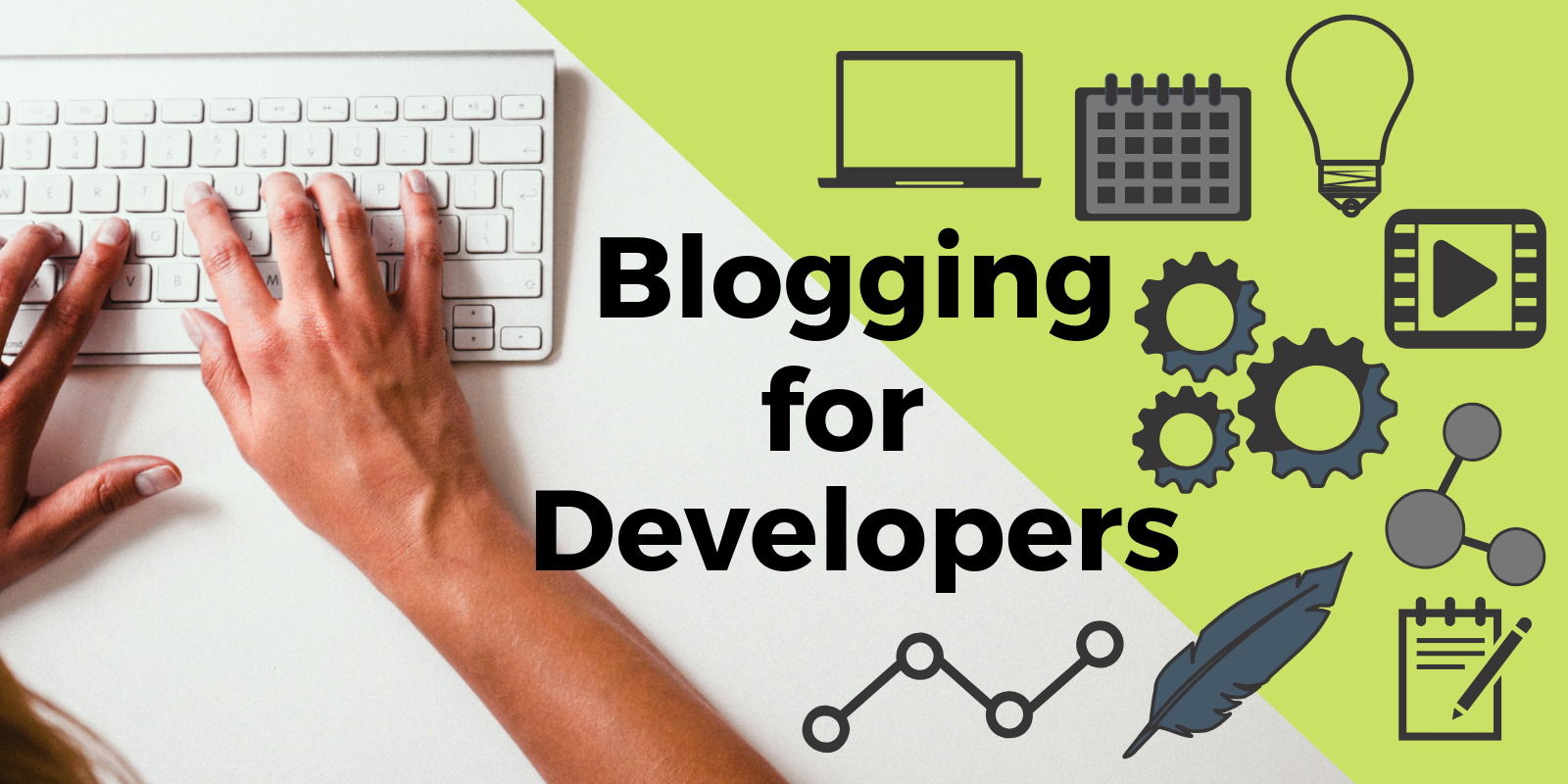Among the many IDE improvements in 2019r2 we’ve made some improvements in how the Control Layout Locks work so even if a control is locked, it’ll still obey the left/top/right/bottom alignment locks. We are taking some hints from the way many graphic design programs approach this and we think it’ll be a big improvement to the way controls are organized on Windows and Containers.
Comments closedCategory: Tips
sort code tips and tricks
At XDC 2019, I did a session called Avoiding Troubleshooting Troubles, which was essentially about ways to take advantage of the Xojo debugger. During the…
Comments closedKeeping the IDE simple to use for new users is one of our core tenets, but that doesn’t mean that we can’t add some much needed capabilities for our long-term users.
Comments closedA customer on the forum was asking for a way to do case-sensitive array sorting. The built-in array Sort command uses case-insensitive sorting and they wanted an alternative.
It turns out it is super-easy to use the Sort(Delegate) method to create your own sorting method and then pass it to the call to sort.
Comments closedHere are a few keyboard shortcuts for the Navigator that you may not know about.
Comments closedEver wonder how to conditionally implement newer features in your code while keeping the ability to use older versions of Xojo at the same time?…
Comments closedThe Dictionary is a great class for managing a collection of items. A Dictionary gives you fast lookup of information which consists of two parts. The first part is a key that is a unique way to identify a value, which is the second part. These are each Variants so you can put any data type you want into the Dictionary.
Comments closedWinRT is an application framework meant as a replacement for the decades old Win32 API (at least the non-GUI parts of it). Because WinRT is COM-based, and entirely unmanaged code, accessing it directly from Xojo is possible.
Comments closedHere are a couple tips you can use with computed properties.
Comments closed
